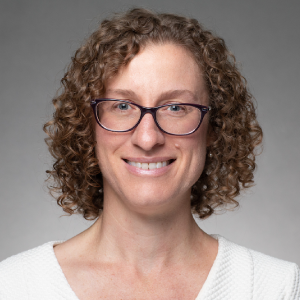Oct 28, 2020
How to get the most out of your health savings account
If you’re like many Americans, this year you may enroll in a health plan that can be paired with a health savings account, or HSA.
“I have definitely seen an uptick in these offerings over the past few years,” said Steven Tardanico, executive vice president of Reimbursement Specialists, Inc., a firm in Norwell, Mass., that advises Massachusetts-based companies on health benefits administration.
According to the 2018 Massachusetts Employer Survey, 40% of employees are enrolled in a plan that can be paired with a financial account. Nationally, according to the Kaiser Family Foundation, as of 2019, enrollment in the plans increased by 50% over five years.
Health plans paired with HSAs offer lower premiums for employers and employees, and can be valuable for consumers: “The money consumers accrue in their HSA can benefit them in the short and long term,” Tardanico said.
But, Tardanico adds, “In order for these plans to be meaningful for consumers, there needs to be more education.”
Learning about the basics of health plans paired with HSAs and having a savings strategy can help you make the most of your plan.
How do health plans paired with HSAs work?
These health plans generally offer a lower monthly premium in exchange for a higher annual deductible.
This means you pay less for insurance each month, but if you see a doctor, get imaging, fill a prescription or get other care, you pay out of pocket until you reach your deductible, when your health insurance kicks in. If you have a family plan, a higher deductible applies to you, your spouse, and your dependents, including children up to the age of 26.
Once you reach your deductible, you may have to pay co-pays or pay a percentage of health care costs, known as coinsurance, out of pocket until you reach your annual out-of-pocket maximum amount. At that point, your health plan pays for all eligible expenses for the rest of the year.
As with all health plans, you pay nothing for preventive care such as annual check-ups, standard immunizations, and certain screenings for illnesses, including cancer. There also is no out-of-pocket cost for medically necessary, in-network COVID-19 testing or treatment.
What is a Health Savings Account?
An HSA allows consumers to set aside money tax-free to pay for eligible medical expenses, now or in the future. Since the average tax savings is approximately 25-30% this is like getting a discount on out-of-pocket medical expenses. Employees may make contributions to their HSA pre-tax, typically through payroll deductions, and post-tax. Employers also may contribute to HSAs, easing the burden of paying deductibles and co-insurance.
Did you know?

What if I have more questions?
You can learn about plan options for the coming year during open enrollment. While open enrollment may look a bit different this year because of the COVID-19 pandemic, you still should have plenty of options to learn about your benefits and get your questions answered.
As consumers enter open enrollment season at their workplace, Tardanico encourages a shift in thinking to get the most out of health plans paired with HSAs: “These plans give you the opportunity to treat health care like everything else in your life—like buying a car or buying oil to heat your house—by giving you greater access to your money and more control over how you spend it.”
For example, if you need a health care procedure or service that you can plan for in advance, consider shopping for care. Many health plans, including Blue Cross, offer online tools you can use to find high-quality doctors and hospitals and estimate how much a service will cost out-of-pocket before you go in, as well as tools to help you see if a medication is covered by your plan and how much it will cost.
Did you find this article informative?
All Coverage content can be reprinted for free.
Read more here.

